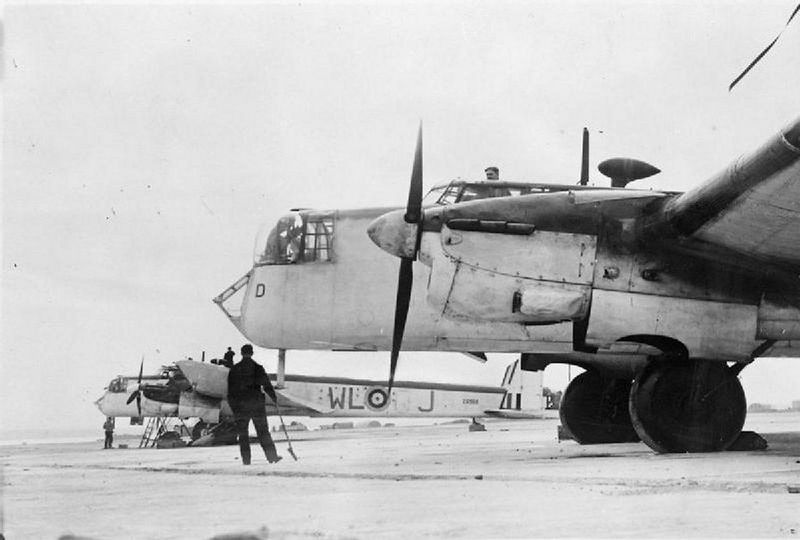
Armstrong Whitworth Whitley Photos, History, Specification
24 Armstrong Whitworth Whitley bombers attacked Bremen oil installations. 21-22 December 1940: RAF No. 15 Squadron RAF used converted Vickers Wellingtons for the first time to bomb the dockyards at Bremen: 1-2, 2-3, 3-4 January 1941 RAF 141 aircraft bombed the aircraft factory in the south of the city.

237 best Armstrong Whitworth Whitley bomber images on Pinterest
Armstrong-Whitworth Whitley C haracterized by its distinctive nose-down attitude in level flight, the Armstrong-Whitworth Whitley first flew in 1936 and entered service in 1937. It was the first British bomber to have retractable undercarriage and gun turrets and the first Bomber Command aircraft to operate over Germany.
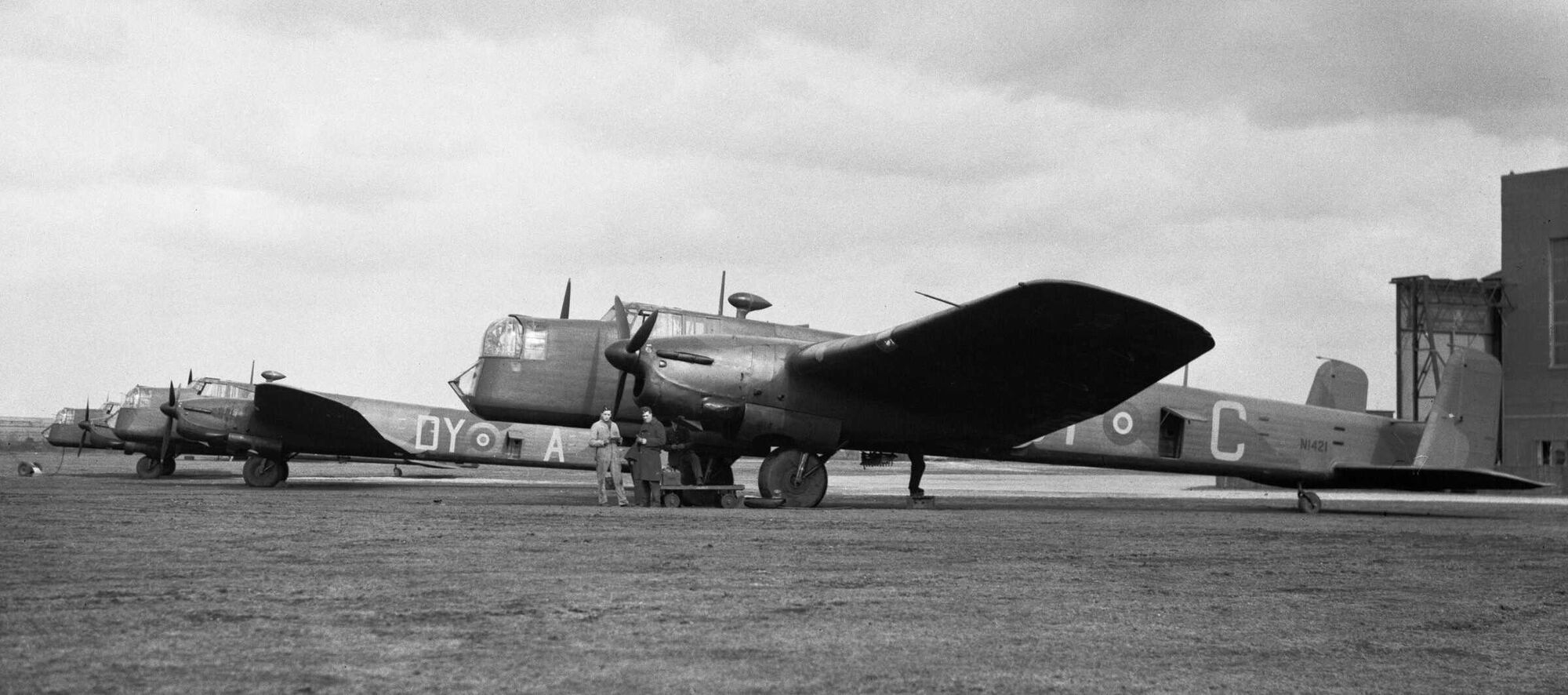
Armstrong Whitworth Whitley Biggles Wiki Fandom
Intro Britain's Forgotten WW2 Heavy Bomber | Armstrong Whitworth Whitley Rex's Hangar 168K subscribers Subscribe Subscribed 182K views 1 month ago Today we're taking an in-depth look at the.
.jpg)
Armstrong Whitworth A.W.38 Whitley Mk.V British 2engine bomber
March 22, 2023 Craig Bowman The Armstrong Whitworth Whitley was an important aircraft of its time that stood out from other contemporary bombers. The Whitley had a range of over 2,000 miles and could fly for up to 14 hours. This made it perfect for long-distance operations and attacking far-off enemy territories.

Armstrong Whitley medium bomber No 78 Squadron RAF, Middleton St
Whitley Bomber 1940 Whitley cockpit interior Whitley Being Loaded Whitley aircrew 58 Squadron RAF Whitley 1st Prototype K4586 1936. the W. G. Armstrong Whitworth Aircraft Co. developed the following designs: A.W.23 - transport plane for C.26/31 and, by order of the Czech government, a bomber plane A.W.30. The latter project interested AM..

Armstrong Whitworth Whitley British aircraft, Wwii bomber, Wwii aircraft
The Armstrong Whitworth A.W.41 Albemarle was a twin-engine transport aircraft developed by the British aircraft manufacturer Armstrong Whitworth and primarily produced by A.W. Hawksley Ltd, a subsidiary of the Gloster Aircraft Company. It was one of many aircraft which entered service with the Royal Air Force (RAF) during the Second World War .

Épinglé sur Kits/Maquettes /72e
The Whitley was developed in response to a Air Ministry Specification (B.3/34) issued in July 1934. Armstrong Whitworth produced a two engined aircraft, with a stressed-skin construction, powered by the Armstrong Siddeley Tiger radial engine, driving three blade, variable pitch propellers. The first prototype flew on 17 March 1936.

‘Black and white negative, nose of Armstrong Whitworth Whitley V
The Armstrong Whitworth A.W.38 Whitley was a British medium bomber aircraft of the 1930s. It was one of three twin-engined, front line medium bomber types that were in service with the Royal Air Force (RAF) at the outbreak of the Second World War.
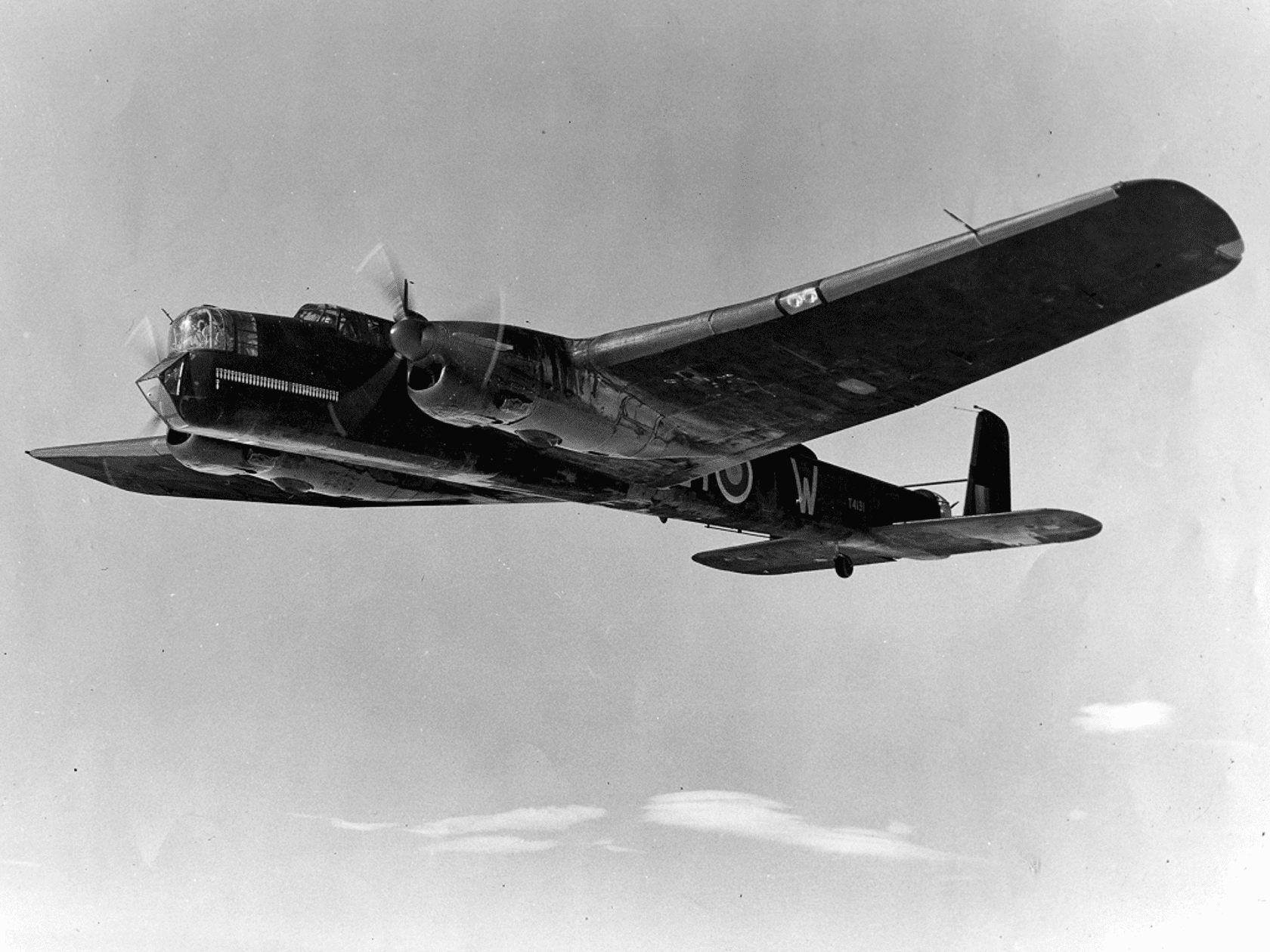
armstrongwhitworthwhitleybomber05 Aircraft of World War II
Continuing in the tradition of ugly yet robust and reliable heavy bombers, the British Armstrong Whitworth Whitley was the heavy bomber of choice during the early war years and up through 1942. The massive unappealing design offered the Royal Air Force a versatile heavy hitter to damage the internal workings of the German war machine.

Armstrong Whitworth Whitley Mk VII, 612 Sqn. Coastal Command, 1942, by
Armstrong Whitworth Whitleys were in action with Bomber Command on the same day as Britain and France declared war on Germany, 3rd September 1939, when 10 aircraft flew over Bremen, Hamburg and the Ruhr in Germany dropping leaflets. It would be the Whitley that became the first Royal Air Force bomber to operate over Berlin, Germany when three.
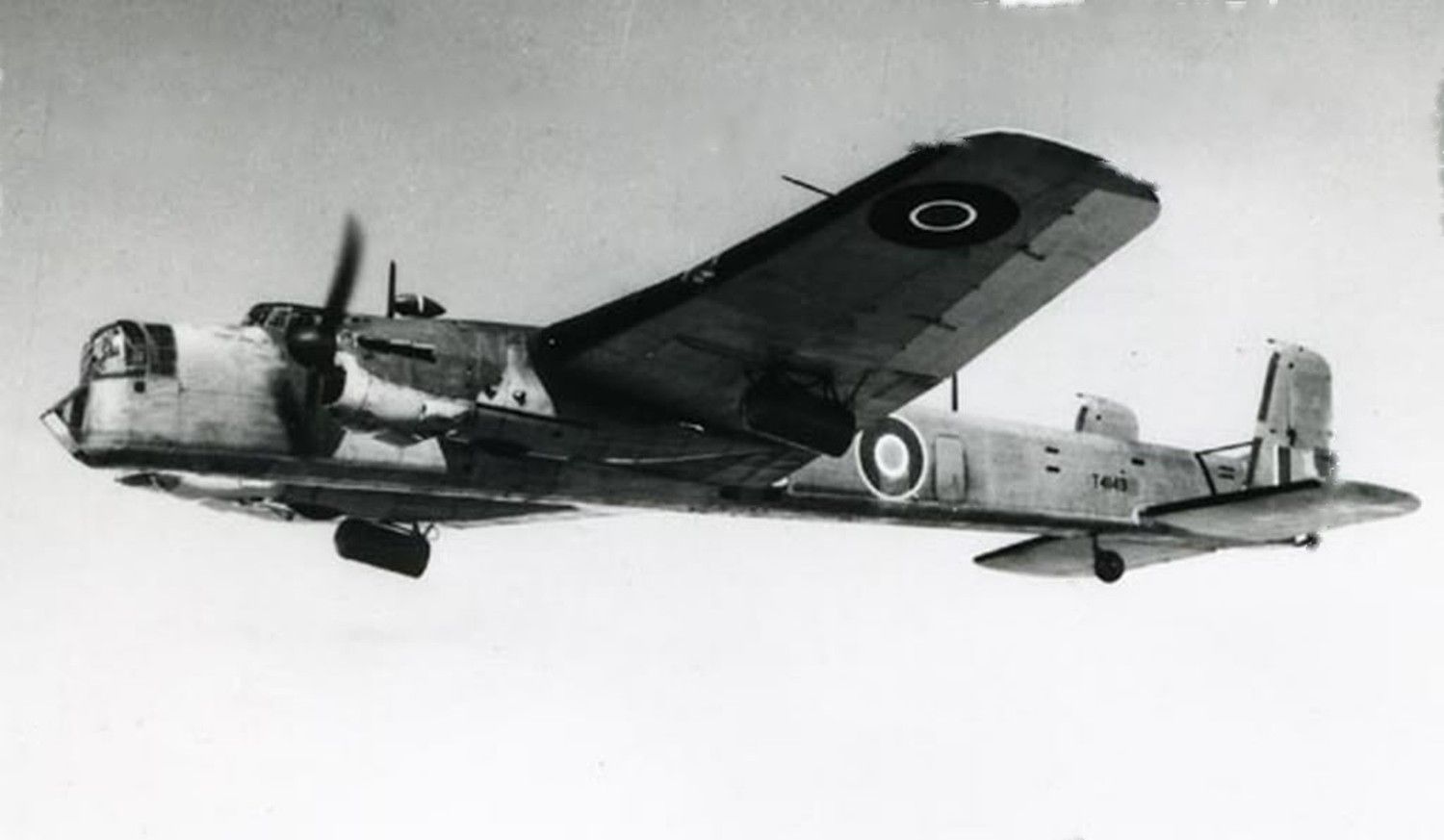
ArmstrongWhitworthWhitleyV Aircraft of World War II WW2Aircraft
Armstrong Whitworth Whitley The Armstong-Whitworth Whitley was a sturdy airplane with few vices, generally liked by those crews who flew them on operations. It could take a lot of punishment and was said to be a pleasure to fly, although a little on the slow side.

Pin on Armstrong Whitworth Whitley bomber
Whitley Bomber: A Remarkable Aircraft Developed by the Armstrong Whitworth Aircraft Company in the 1930s, the Whitley Bomber was designed as a long-range medium bomber, and its.

147 best ideas about Armstrong Whitworth Whitley bomber on Pinterest
Whitley Mark V. Armstrong Whitworth Whitley twin-engined medium bomber - used normally in night operations and usually crewed by five airmen, a pilot, a second pilot, an observer, a wireless operator/air gunner and an air gunner in a power-operated rear-mounted turret in the tail section of the aircraft, the "rear gunner". The Whitley.

Armstrong Whitworth Whitley
Most extensively built of all Armstrong Whitworth aircraft was the Whitley heavy bomber, designed to meet the British Air Ministry specification B.3/34. More than 1,800 were produced. Selected for production off the drawing board in 1935 the prototype flew for the first time on 17 March 1936.

13 best Armstrong Whitworth Whitley images by Wojciech Lech on
The Armstrong Whitworth A.W.38 Whitley was a British medium bomber aircraft of the 1930s. It was one of three twin-engined, front line medium bomber types that were in service with the Royal Air Force at the outbreak of the Second World War. Alongside the Vickers Wellington and the Handley Page Hampden, the Whitley was developed during the mid-1930s according to Air Ministry Specification B.3/.
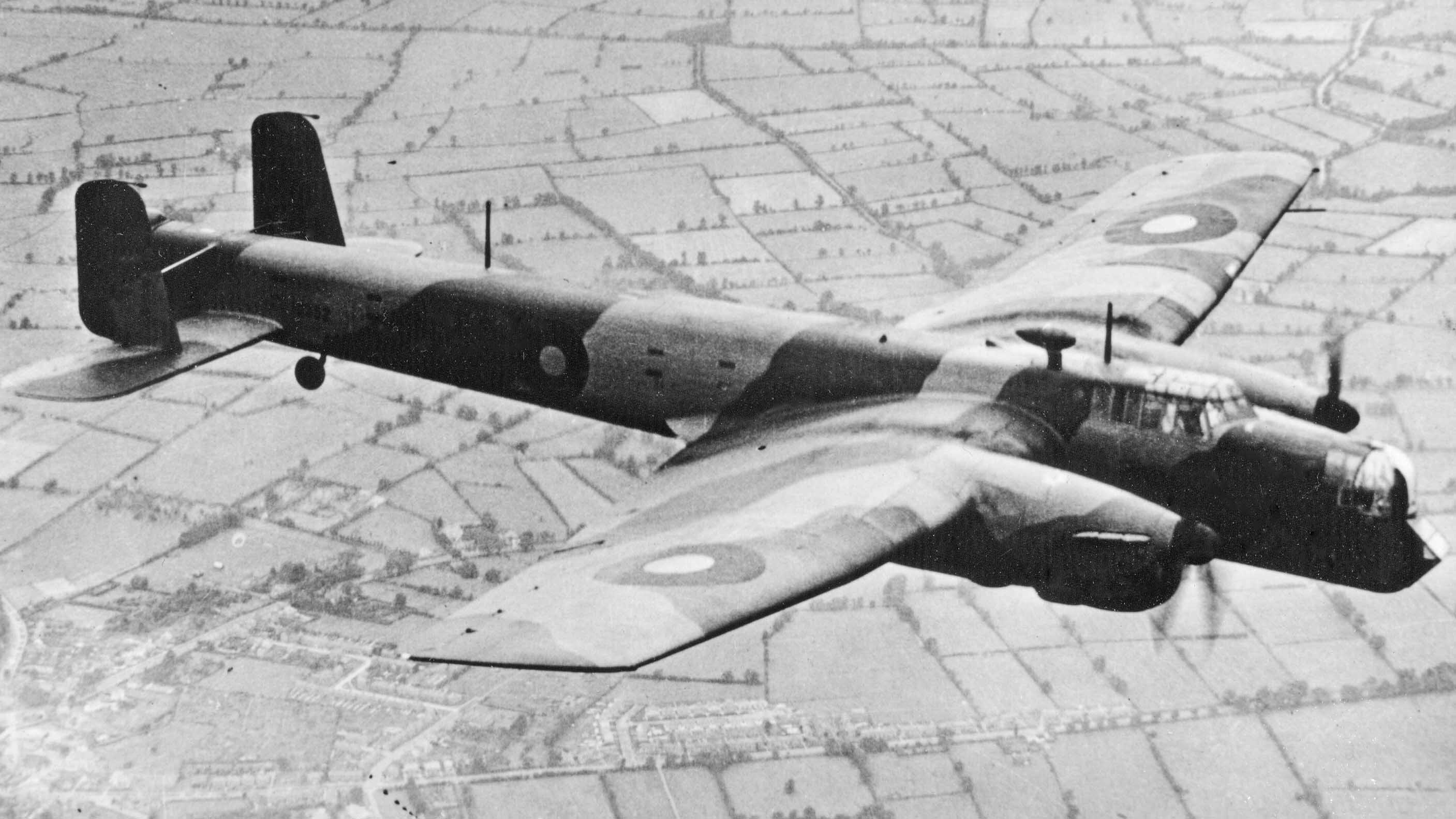
Armstrong Whitworth AW38 Whitley BAE Systems en Finland
N1503 is an Armstrong Whitworth AW38 Whitley V, the version produced in the greatest numbers. The AW38 Whitley was used in widespread 'leaflet raids' and night bomber operations over Germany during the first half of the Second World War.